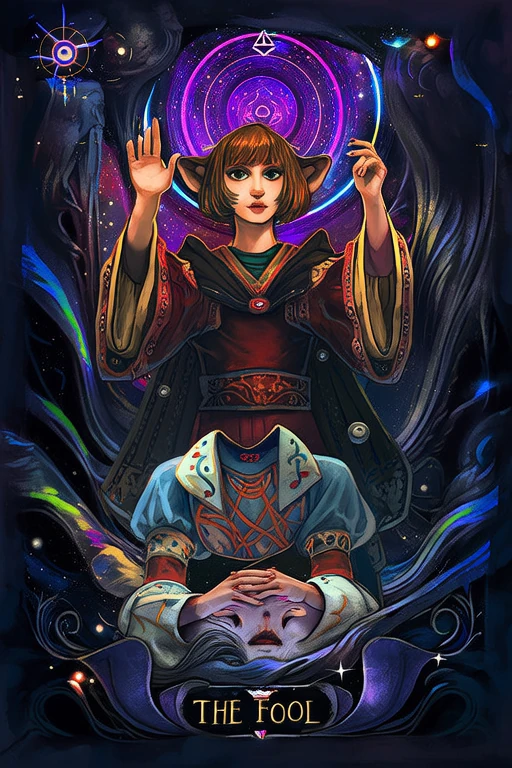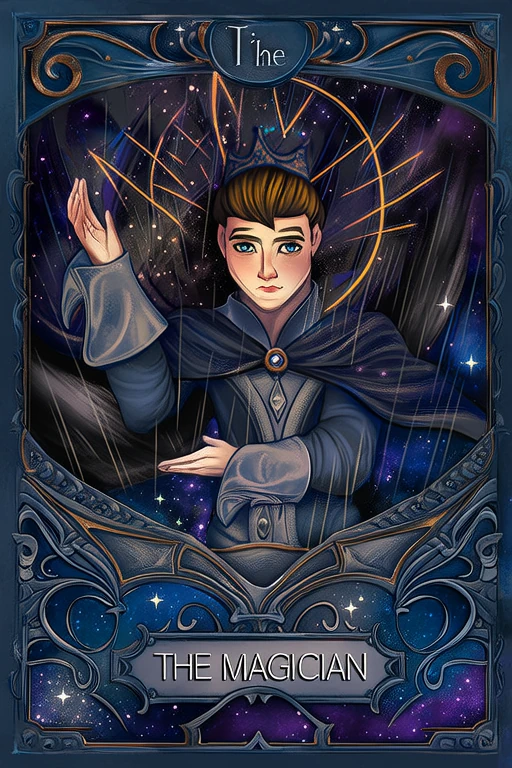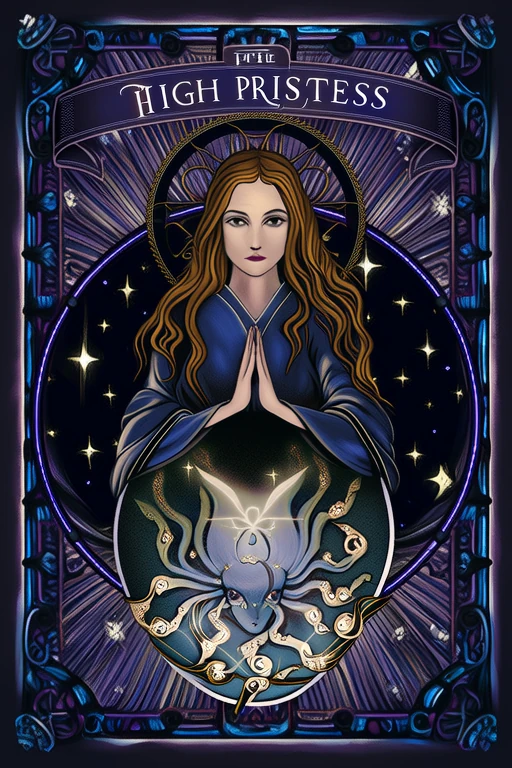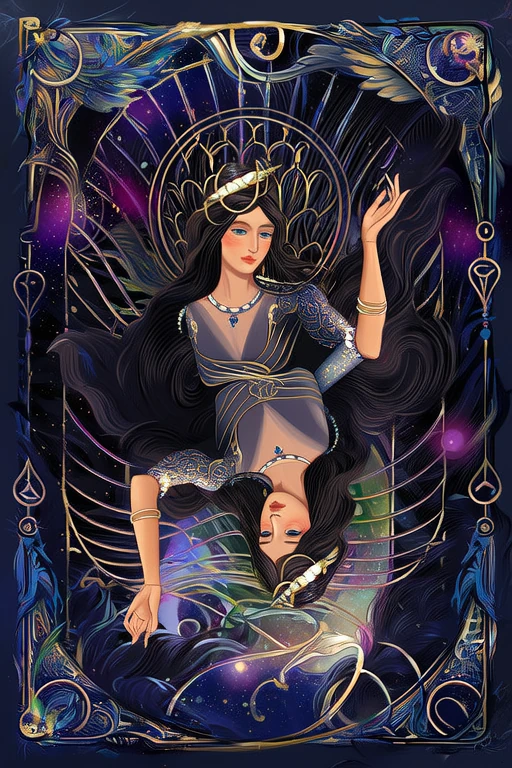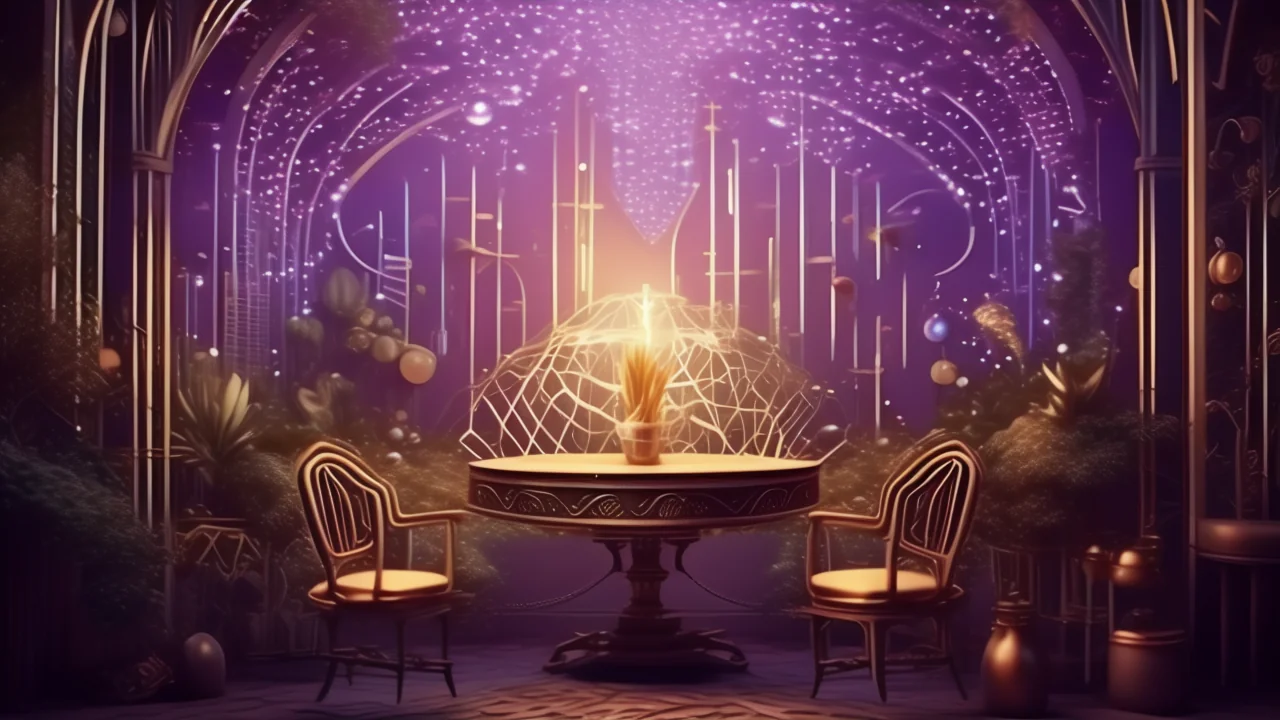
The Sun
Discover the deep meaning of The Sun with our free AI-powered tarot interpretation. Get instant, accurate readings based on advanced tarot knowledge.
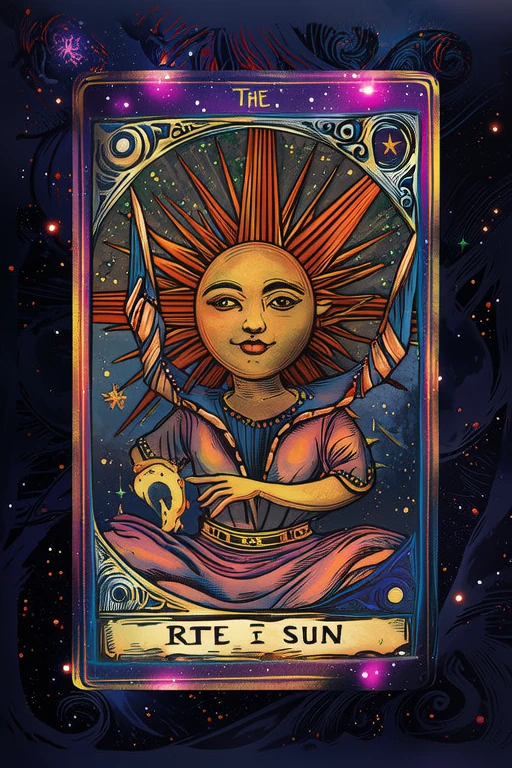
Keywords
Upright Meaning
Positivity, fun, warmth, success, vitality
Reversed Meaning
Inner child, feeling down, overly optimistic
Full Interpretation
The Sun represents joy, success, and the warmth of positive energy.
In-Depth Analysis
📜 Historical Background
The Sun is the 19th card in the Major Arcana of the Tarot, a powerful symbol of positivity, success, and enlightenment. Its origins trace back to the early 15th century in Europe, particularly in Italy and France, where tarot cards were first used for games before evolving into tools for divination and spiritual insight. The earliest known version of The Sun card appears in the Visconti-Sforza Tarot, a 15th-century hand-painted deck commissioned for the noble Visconti and Sforza families of Milan. In this deck, The Sun is depicted as a radiant celestial body above two figures, often interpreted as a child riding a horse or a cherub, symbolizing innocence and joy.
Throughout the centuries, The Sun has been associated with various mythological and astrological influences. In astrology, the Sun is the ruler of Leo and symbolizes vitality, creativity, and leadership. In ancient mythology, The Sun has been linked to deities such as Apollo in Greek mythology, Ra in Egyptian mythology, and Sol Invictus in Roman traditions—each representing light, truth, and divine power. These associations have deeply influenced the symbolic meaning of the card in esoteric traditions.
The imagery of The Sun has evolved significantly over time. In the Rider-Waite-Smith Tarot, first published in 1909 and designed by A.E. Waite with illustrations by Pamela Colman Smith, The Sun is portrayed as a glowing sun shining over a naked child riding a white horse, with sunflowers and a wall in the background. This image conveys themes of purity, triumph, and the joy of life. Other decks, such as the Thoth Tarot by Aleister Crowley and Lady Frieda Harris, depict The Sun with more mystical and abstract elements, incorporating Egyptian symbols and alchemical motifs.
Culturally, The Sun card holds different meanings across traditions. In French cartomancy, it is often associated with clarity and success, while in Italian interpretations, it can symbolize revelation and spiritual awakening. In modern Wiccan and New Age practices, The Sun is seen as a beacon of divine energy, personal power, and cosmic alignment.
As tarot evolved through the 18th and 19th centuries, especially during the rise of occult societies like the Hermetic Order of the Golden Dawn, The Sun became more than just a card of fortune—it became a symbol of spiritual illumination and the realization of one’s true purpose. Its enduring presence in tarot decks worldwide is a testament to its universal appeal and deep-rooted significance in the human psyche.
Symbolism & Imagery
The Sun card is rich in symbolism, each element carefully chosen to convey layers of meaning. At its core, the card represents vitality, clarity, success, and the joy of life. The central image in the Rider-Waite-Smith deck features a radiant sun shining brightly in the sky, illuminating a naked child riding a white horse. Behind the child, a low stone wall suggests the remnants of past obstacles or limitations, now overcome. Sunflowers, known for their heliotropic nature (turning toward the sun), frame the scene, symbolizing loyalty, growth, and the pursuit of light.
The naked child embodies innocence, purity, and the unfiltered joy of existence. The white horse signifies strength, freedom, and the untamed spirit. Together, they represent the unbridled potential of the soul when it is aligned with truth and purpose. The sun itself, often depicted with a human face or eyes, symbolizes divine consciousness, awareness, and the ultimate source of life and energy.
Color plays a significant role in the card’s meaning. The dominant use of yellow and gold signifies optimism, enlightenment, and spiritual illumination. Red, often present in the child’s scarf or background, represents vitality, passion, and action. White, used in the horse and the child’s skin, symbolizes purity, truth, and new beginnings.
Numerologically, The Sun is the 19th card, and 1 + 9 = 10, a number associated with completion, cycles, and divine order. This reinforces the idea that The Sun brings resolution and fulfillment after a period of struggle or uncertainty.
In different cultures and traditions, The Sun card can have varied interpretations. In some European traditions, it may symbolize good fortune and clarity, while in others, it may represent spiritual awakening or divine guidance. In Wiccan and modern Pagan practices, The Sun is linked to solar deities and the power of manifestation.
When drawn upright, The Sun signifies success, happiness, truth, and creative energy. It often indicates a time of clarity, confidence, and fulfillment. Reversed, the card may suggest a temporary loss of direction, disillusionment, or a need to reconnect with one’s inner light and purpose.
The Sun is also connected to other cards in the Major Arcana. It follows The Devil (XV), suggesting liberation from material bondage, and precedes Judgment (XX), indicating a time of self-evaluation and spiritual rebirth. Together, these cards form a narrative of transformation, release, and renewal.
Ultimately, The Sun is a beacon of hope and a reminder that even after the darkest times, light and success will emerge.
Psychological Insights
From a psychological perspective, The Sun card resonates deeply with Carl Jung’s concept of archetypes and the individuation process. Jung viewed the sun as a universal symbol of the Self—the unified unconscious and conscious parts of the psyche. In tarot, The Sun embodies the archetype of the Hero or the Enlightened One, representing the culmination of personal growth, self-realization, and the integration of the shadow.
In modern life, The Sun serves as a reminder of the power of optimism, clarity, and self-belief. When this card appears in a reading, it often signals a turning point—a moment when the querent has overcome obstacles and is now experiencing the fruits of their labor. Psychologically, this reflects the transition from struggle to empowerment, from confusion to understanding, and from doubt to confidence.
For personal growth, The Sun encourages individuals to embrace authenticity, celebrate their achievements, and trust in their inner wisdom. It supports self-awareness by prompting reflection on one’s values, purpose, and true desires. The card invites individuals to shed what no longer serves them and step into their full potential, much like the sun rising after a long night.
In therapeutic and counseling settings, The Sun can be a powerful tool for encouraging clients to focus on positive outcomes, recognize their strengths, and maintain hope during difficult times. It can help individuals reframe challenges as opportunities for growth and remind them that joy and fulfillment are not only possible but inevitable when aligned with one’s true path.
Modern spiritual practices also incorporate The Sun as a symbol of divine light, energy, and manifestation. In meditation and energy healing, visualizing the sun’s warmth can help activate the solar plexus chakra, enhancing confidence, willpower, and personal power. Crystals like citrine and sunstone are often used in conjunction with The Sun card to amplify its positive energies.
Overall, The Sun serves as a psychological and spiritual beacon, guiding individuals toward clarity, success, and inner harmony. It reinforces the idea that through self-awareness, perseverance, and a connection to higher purpose, one can navigate life’s challenges with grace and emerge stronger, wiser, and more radiant.
Correspondences
The Sun card is deeply connected to astrological and esoteric correspondences that enhance its symbolic power and energetic influence. Astrologically, The Sun is ruled by the planet Sun and is associated with the zodiac sign Leo. This planetary connection emphasizes vitality, creativity, leadership, and the expression of one’s authentic self. The Sun’s energy is masculine, yang, and outwardly expressive, encouraging action, confidence, and radiance.
Gemstones and crystals associated with The Sun include citrine, sunstone, amber, and tiger’s eye. These stones are known for their energizing and uplifting properties, helping to boost confidence, attract success, and align with one’s true purpose. Citrine, often called the “merchant’s stone,” is particularly effective for manifesting abundance and joy.
Herbs and essential oils that resonate with The Sun include frankincense, cinnamon, marigold, and St. John’s wort. These botanicals are used in rituals for protection, prosperity, and spiritual illumination. Burning frankincense or using sun-infused oils can enhance the energy of The Sun card in spellwork and meditation.
Seasonally, The Sun is most closely associated with summer, the season of growth, warmth, and expansion. It also corresponds to midday, the peak of solar energy when the sun is at its highest point, symbolizing clarity, power, and maximum potential.
Elementally, The Sun is linked to Fire, the element of passion, transformation, and inspiration. This connection reinforces its role as a catalyst for change, creativity, and dynamic action.
Chakra-wise, The Sun is primarily connected to the Solar Plexus Chakra (Manipura), the center of personal power, confidence, and will. When this chakra is balanced, one feels empowered, self-assured, and capable of manifesting their desires.
Numerologically, The Sun is the 19th card, and 1 + 9 = 10, which symbolizes completion, divine order, and new beginnings. This reinforces the idea that The Sun brings resolution and fulfillment after a journey of transformation.
❓ Frequently Asked Questions
**What does The Sun card mean in a love reading?** In love readings, The Sun signifies joy, clarity, and successful relationships. Upright, it indicates a happy union, mutual understanding, and the potential for long-term commitment. Reversed, it may suggest temporary misunderstandings or a need to rekindle passion.
**Is The Sun always a positive card?** Yes, The Sun is one of the most positive cards in the tarot, symbolizing success, happiness, and enlightenment. Even in reversed positions, it rarely indicates outright negativity but rather a temporary loss of direction or a need to reconnect with one’s inner light.
**How should a beginner interpret The Sun?** Beginners should see The Sun as a sign of good fortune, clarity, and success. It often signals that a situation will resolve positively, especially after a period of difficulty. It encourages optimism and trust in one’s path.
**What are common misconceptions about The Sun?** A common misconception is that The Sun guarantees instant success without effort. While it is a positive card, it still requires action and alignment with one’s purpose. Another misconception is that it only refers to external success, but it also represents inner joy and spiritual fulfillment.
**What spreads work well with The Sun?** Three-card spreads for past, present, future or goal-oriented readings work well. The Sun can also shine in single-card daily draws or in combination with The Fool (new beginnings) and The World (completion).
**How does The Sun interact with other cards?** When paired with The Lovers, it suggests harmonious relationships. With The Chariot, it indicates victory through determination. With The Tower, it may signify a painful but ultimately enlightening revelation.
**What practical advice does The Sun offer?** Embrace optimism, take action toward your goals, and trust your intuition. If reversed, reassess your direction, reignite your passion, and seek clarity. The Sun reminds you that your inner light will always guide you forward.
